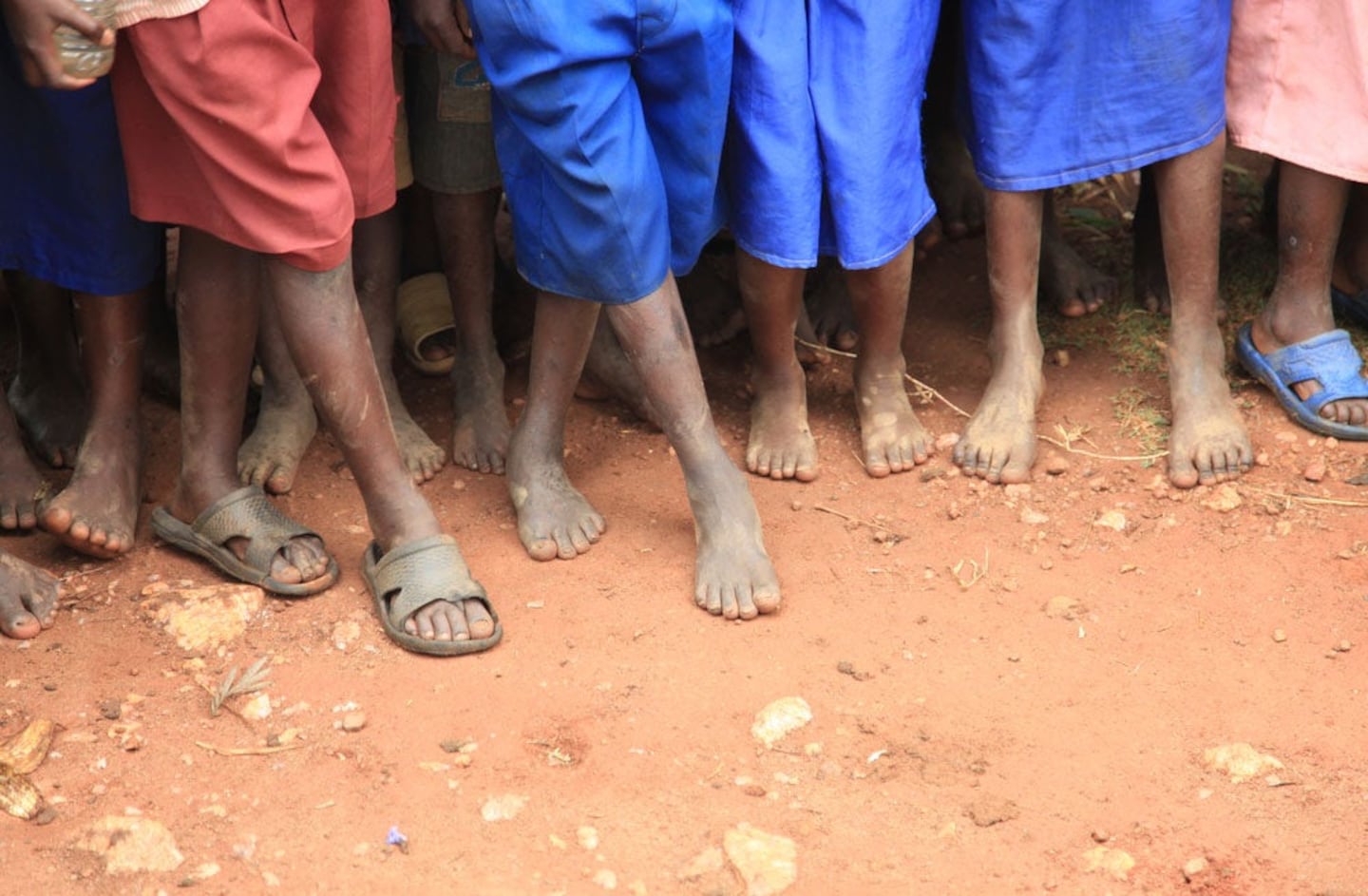
The Business of Fashion
Agenda-setting intelligence, analysis and advice for the global fashion community.

Agenda-setting intelligence, analysis and advice for the global fashion community.

LOS ANGELES, United States — In recent years, a wide range of businesses have sought to replicate the "one for one" model made famous by Toms Shoes, the Santa Monica, California-based company founded by social entrepreneur Blake Mycoskie after he was inspired by a trip to a poor village in Argentina, where children lacked adequate footwear. The company, which gives away one pair of shoes to a needy child for each pair of shoes it sells and whose signature product is inspired by the Argentinian alpargata, has been highly successful, both in making a name for itself and generating estimated annual revenues of over $250 million.
The company — currently up for sale — has attracted interest from a range of strategic and private equity buyers. And, according to a recent report in The Financial Times, Bain Capital and Apax are preparing to make final bids, valuing the company at between $600 million and $700 million.
But my feelings about Toms changed after I first mentioned the company to friends from Argentina. I thought that they, of all people, would love the company. But they despise Toms. They feel humiliated and violated by the company, which, they suggest, is merely using their country. In fact, one of my Argentinian friends said he would scream if he saw another picture of a white guy surrounded by appreciative brown kids.
No single company is responsible for the morals of the market. But the degree to which Toms has been successful reveals something about the psychology of its customers, who respond positively to the opportunity to be someone’s saviour. To me, this all feels familiar: benevolent people from the affluent world travelling to underdeveloped lands and offering them help and a path to modernity? Indeed, it smacks of imperialism, something we now see as disgusting, but which was once considered a noble social enterprise — “the white man’s burden,” as Rudyard Kipling put it.
ADVERTISEMENT
Today, the world is a very different place, of course, but major inequalities remain. In this context, the reason Toms has been so popular is because it solves a real problem – just not for the kids without shoes. Toms actually assuages the guilt of those in the wealthy world who buy its products. More than anything, the company’s model offers relatively affluent consumers the opportunity to feel like they are helping others, while, in actuality, they are shopping for themselves.
Not having proper shoes has serious consequences for the children who face this problem every day. But make no mistake. Donations like these do little to address the root causes of poverty and may actually cause harm by reducing demand for locally produced goods.
Yes, the children get their shoes. But at its root, the “one to one” model is a piece of marketing that actually depends upon the persistence of poverty.
But the ultimate irony is that companies like Toms commit the very crime they are trying to erase, taking a paternalistic stance towards the societies they are supposed to be helping.
Grant van Sant is a brand strategist and founder of The Acme Agency.
The views expressed in Op-Ed pieces are those of the author and do not necessarily reflect the views of The Business of Fashion.
How to submit an Op-Ed: The Business of Fashion accepts opinion articles on a wide range of topics. Submissions must be exclusive to The Business of Fashion and suggested length is 700-800 words, though submissions of any length will be considered. Please send submissions to contributors@
From analysis of the global fashion and beauty industries to career and personal advice, BoF’s founder and CEO, Imran Amed, will be answering your questions on Sunday, February 18, 2024 during London Fashion Week.
The State of Fashion 2024 breaks down the 10 themes that will define the industry in the year ahead.
Imran Amed reviews the most important fashion stories of the year and shares his predictions on what this means for the industry in 2024.
After three days of inspiring talks, guests closed out BoF’s gathering for big thinkers with a black tie gala followed by an intimate performance from Rita Ora — guest starring Billy Porter.